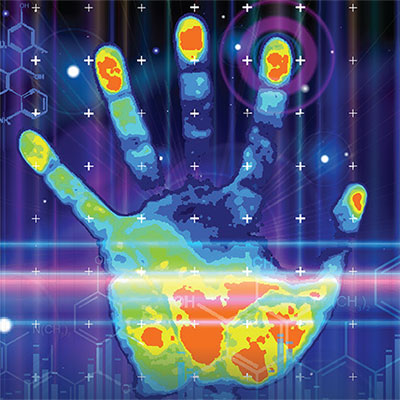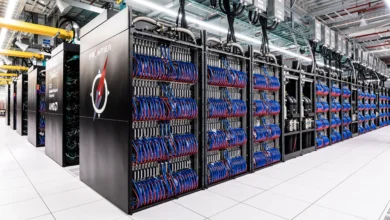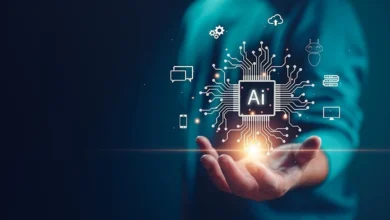
Are There Improvement Boundaries for Criminal Justice Technology?
Midwest, USA – With every job the criminal justice system encounters, there is an advanced computer program or technology that further assists officials with the position. For starters, there’s DNA testing, robotic cameras, plate recognition systems — and that’s just scratching the surface. The advancements in criminal justice technology (this includes weapons technology) are proliferating and becoming readily available to officials to increase the effectiveness of their jobs.
This is a very complicated game of cat and mouse; as criminals learn to utilize newer technology, law enforcement attempts to stay a step ahead with the latest in tracking and protective equipment. Questions arise, however: how often will this equipment be abused? Will it pose privacy concerns? Will this technology adhere to the 4th Amendment?
The Latest/Future Technology
A police duty belt typically contains a pistol, several backup clips, pepper spray, baton, taser, flashlight with an attached window punch, handcuffs, and other utensils. Computers for research and logging data are also wired into patrol cars for further efficiency. Not precisely Batman approved, but still a great deal of equipment.
Law enforcement is now seeing potential in Google Glass, HoloLens, and augmented reality for on-duty officers. If there were a police officer on a bike, for example, the glasses would ideally be recording everything that they see; a separate program implemented within the glasses can identify businesses, homes, license plates; and a facial recognition system that detects people with outstanding warrants. This technology already exists, and this “all-in-one” software is becoming more practical.
NYC Police Department has teamed up with Microsoft Corporation to develop a data gathering software called Domain Awareness System, or “Dashboard.” It ties in a variety of separate sources like crime reports, criminal histories, maps, and cameras for instant access to real-time information, along with pictures and video about calls in progress. This is being tested by the NYC police department for now, but many police departments nationwide are looking to utilize the software after the initial trial.
Active duty officers aside, law enforcement is now considering 24-hour drone surveillance. As law enforcement already uses drones for search and rescue, traffic collisions, mass evacuations and crime scene analysis, 24-hour unmanned drones prove useful in patrolling areas police officers cannot, and provide real-time data to dispatch, like the severity of the situation and the unfolding of the scene.
Privacy and Paranoia Concerns
This controversy is mostly centered around the use of drones. In a world where one’s privacy is always under scrutiny, from credit card companies knowing personal information to one’s own internal laptop webcam potentially having uninvited viewers, now having to keep an eye on the sky for more surveillance leaves many everyday people feeling unsettled. The Federal Aviation Administration estimated that the drone consumer market would more than triple by 2021, with 3.5 million drones in use, up from about 1.1 million currently. Commercially, about 420,000 professional drones are likely to be flying at any one time. Police are already facing skepticism regarding drone usage from the public, arguing that there is a loss of accountability due to no physical presence from the police.
Michael Geary, a retired New York City police sergeant, attorney, and associate professor in criminal justice who has written extensively on police drone use recently told the Daily Herald, “For day-to-day patrol, I can’t see it. I don’t think it’s necessary,” he said. “Why expose yourself to that civil liability? The amounts that would have to be paid for even a couple of claims would probably negate its use and shut it down very quickly.” Some states have implemented laws to prevent drone spying — including the police department — who are required to have a search warrant for any drone activity.
National attention was raised after an online video went viral of a drone shooting a handgun. Federal authorities saw the possibilities of having firepower with a drone and went to the Supreme Court, who ruled that it be legal under “objectively reasonable” circumstances. The Supreme Court also made it, so drones do not have to be registered, undermining them as simple radio-controlled planes. An Orwellian state is already a fear that exists throughout the public. Adding drones that can kill would likely amp up the paranoia significantly.
As far as “boundaries” for improving criminal justice technology, it’s likely there will never be any. The only rights and privacy the public has against law enforcement would be through the 4th Amendment, and through warrants. However, without these boundaries in place, when criminals get a hold of this technology, there are no stopping the full use of privacy-invading technology.






